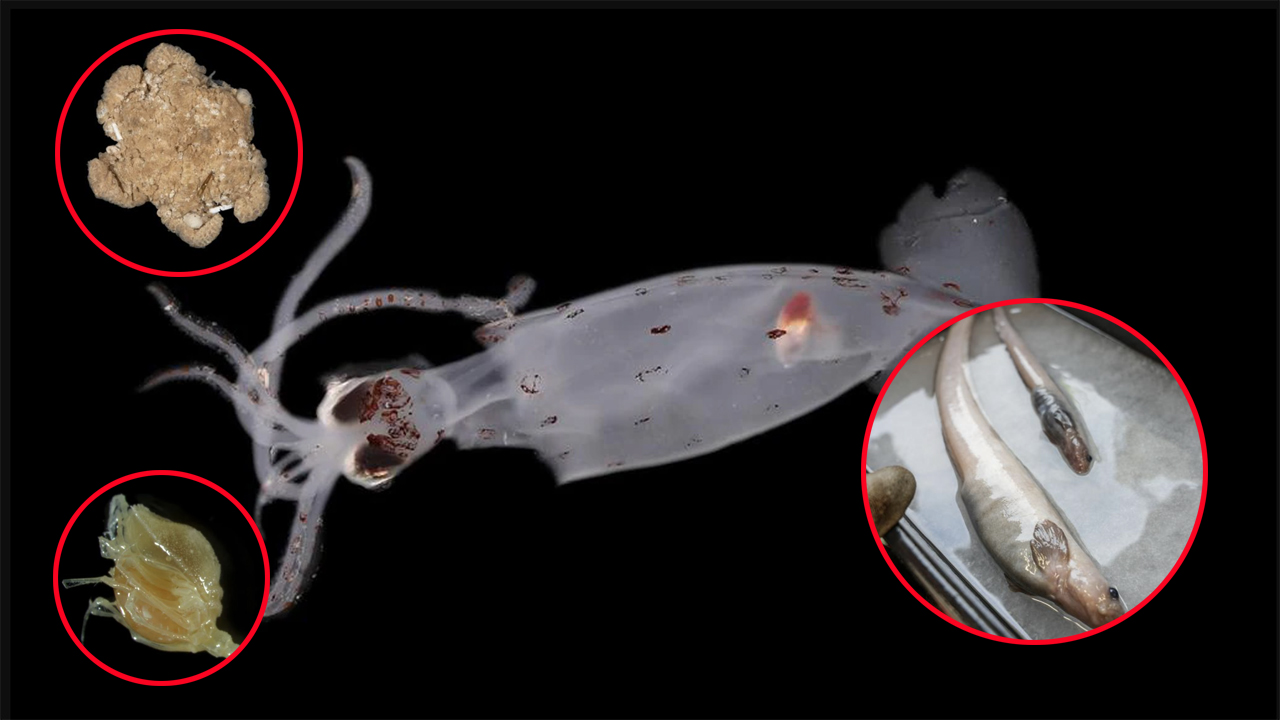"Unidentified life form" found off New Zealand coast

Ah, the deep sea, where the mysteries of the ocean lurk in the shadows, waiting to be discovered by intrepid marine scientists armed with nets, trawls and a healthy dose of confusion...
Recently, a team of brave souls embarked on a journey off the coast of New Zealand, armed with curiosity and a fervent desire to find Nemo's distant relatives. What they found, however, was not just Nemo's cousins – but a veritable treasure trove of potential new species. Or at least, they think so.
In a saga that could rival any aquatic adventure film, the scientists stumbled upon approximately 100 potential new species, including one particularly enigmatic life form that has left them scratching their heads in bewilderment.
Initially mistaking it for a sea star – or perhaps a particularly flamboyant sea cucumber – they now suspect it might be a deep-sea coral. Or a cosmic jellyfish. Or a lost prop from a sci-fi movie. The possibilities are as endless as the ocean itself.
Dr Michela Mitchell, a taxonomist with a penchant for the dramatic, declared it could be "a whole new group outside of the octocoral." Because why settle for identifying just one species when you can potentially create an entire taxonomic order?
Dr Daniel Moore, another member of the expedition and self-proclaimed captain of the confusion ship, confessed, "We can't even describe it to family." One can only imagine the perplexed expressions at family gatherings as they attempt to explain their latest discovery: "Well, it's sort of like a sponge, but not really. And it might have tentacles. Or wings. We're not entirely sure."
Their research vessel, the Tangaroa, became a floating laboratory of befuddlement as they collected nearly 1,800 samples from the abyssal depths. Armed with modified sleds and a healthy dose of optimism, they trawled the ocean floor, hoping to snag the elusive creatures that lurked below.
"It was true exploration, very exciting," Dr Moore boasted, his enthusiasm undiminished by the fact that they still couldn't definitively identify half of what they'd found.
Among their discoveries was a new species of fish, dubbed the "eelpout", which was "instantly recognised as being different to the others." Because, apparently, it had a flair for the dramatic and refused to conform to traditional fish norms.
In a surprising revelation, Dr Moore admitted, "Finding new vertebrates is rare." One can only assume that the eelpout, upon hearing this declaration, puffed out its chest (or whatever passes for a chest in fish anatomy) and proclaimed itself the king of the ocean.
As the expedition came to a close, the scientists reflected on the vastness of the ocean and the infinitesimal fraction of its inhabitants they had encountered. With only 240,000 species identified out of an estimated 2.2 million, they realised they had barely scratched the surface. Or, in this case, the sea floor.
And so, armed with their nets, their sleds, and their unshakeable sense of optimism, the intrepid scientists set sail once more, ready to delve deeper into the mysteries of the ocean and perhaps stumble upon another baffling creature that defies explanation. After all, what's science without a little bit of confusion?
Image: Ocean-Census | NIWA
